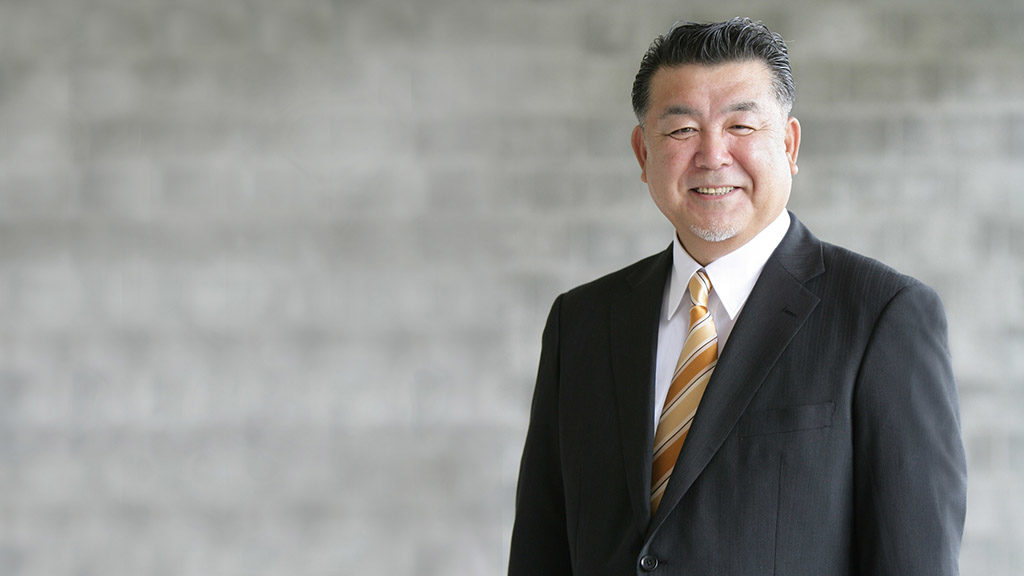Things to know: Company positions and rank

This post is also available in 日本語
There are a wide variety of positions within a workplace, ranging from typical positions such as Bucho (Department Chief), Kacho (Section Chief), Kakaricho (Subsection Chief), and Shunin (Unit Chief) to company-specific positions, and the list is too long to exhaustively list. However, knowing the main executive positions and their rank will allow you to proceed with the work smoothly and build human relationships.
On this occasion, we shall introduce the main positions and ranks that are often used in Japan.
Contents
What are company positions?
Company positions include those appointed based on the Company Act, such as Daihyo-Torishimariyaku (Representative Director) and Torishimariyaku (Director), and those appointed based on resource allocation, such as Bucho (Department Chief) and Kacho (Section Chief). The “company position used in normal operations” introduced here are positions appointed based on resource allocation. They have meaning based on their role and occupation within the business and often refer to administrative work.
By awarding somebody a position, you are clarifying the scope of that person’s responsibility and occupation type, and this sets their rank within the organization. Setting a rank is said to lead to awareness of one’s objectives, allowing you to decide what position you should aim for next.
Additionally, as it clarifies who your superior is within each operation, this enables you to judge “Horenso (reporting, contact, consultation)”, said to be the foundation of business, and proceed smoothly with the work.
Types and ranks

The names of the positions used in typical company organizations in Japan can be arranged in order of rank as described below.
- Shacho (President)
- Senmu (Senior Managing-Director)
- Jomu (Managing Director)
- Bucho (Department Chief)
- Kacho (Section Chief)
- Kakaricho (Subsection Chief)
- Shunin (Unit Chiief)
In addition to these, the person with responsibility for the branch is called the Shitencho (Branch Head), the person with responsibility for the factory is called the Kojocho (Factory Head), and the person supervising the departments is known as the Honbucho (General Manager), and these are positions occurring due to responsibility or occupation. Depending on the content of the company and its operations, the Kakaricho (subsection Chief) may be higher rank than the Shunin (Unit Chief).
Additionally, recently overseas position names, such as CEO, are increasingly used, and the term “manager” is often used with the title in katakana, without pointing to a clear definition. There are also cases when overseas position names and Japanese position names are mixed within the organization, and this may be confusing.
It can be considered that the higher the rank, the greater the breadth of responsibilities and duties. If you cannot decide, talk to somebody in a similar position to you within the same company.


Duties for each position

Kaicho (Chairman) and Shacho (President)
The Shacho (President) is the name of the Chief Executive in the company. Typically, the Representative Director will be appointed. However, in case the Representative Director is working as another executive, such as the Chairman, this will take priority.
Senmu (Senior Managing Director) and Jomu (Managing Director)
These are both advisor positions to the President. The Senior Managing Director manages the operations of the company as a whole, whereas the Managing Director oversees the day-to-day operations. The Senior Managing Director is closer to management whereas the Managing Director is closer to the field.
Bucho (Department Chief)
This is the manager of the “Bu (department)” they belong to. If you become the Department Chief, this is a management position, and you are expected to have the perspective of top management. They determine strategic direction, nurture the Section Chief, and allocate human resources.
Kacho (Section Chief)
This is the manager of the “Ka (section)” they belong to and is part of so-called middle-management. They nurture human resources from a field perspective, check the progress of work, and respond to unexpected situations. They are the so-called control tower of the field.
Kakaricho (Subsection Chief) and Shunin (Unit Chief)
The Subsection Chief is the position in charge of supervising the smallest unit, the “kakari (subsection)” within the company organization. The Unit Chief, on the other hand, refers to an experienced person among the company employees, who play the role of leading ordinary employees.
Each of these performs the same operations as an ordinary employee and plays the role of nurturing and managing subordinates on a working level. It may also play the role of being a pipeline gathering the opinions of the subordinates.
Knowing and updating positions

If it is hard to remember all of these, let us first start by knowing positions of the people within the company. If you are able to remember people with which title perform which jobs, and you are able to remember these based on the practical roles involved, this should be easy to remember.
When you are comfortable doing this, you might like to start memorizing the company positions among your clients. As it may be considered rude to ask the person directly, once you receive their name card, you can ask people within your own company about the meaning and rank. These positions change with personnel relocation. Making a mistake about somebody’s position is considered extremely rude. When their title changes, you will receive a new name card, so be sure to constantly keep updated information.
- How Many Can You Answer? [Résumé Quiz] – Pictures, Information, and More (Part 1)
- [Explained by a Legal Professional] Points to consider when you wish to work in Japan
- How to Write/ “Taishokunegai (Resignation Requests)” and “Taishokutodoke (Resignation Notices)”
- [For Foreign Nationals] Examples of Questions Frequently Asked at Interviews
- [Explained by a Legal Professional] Different Types of Status of Residence and its Rules









